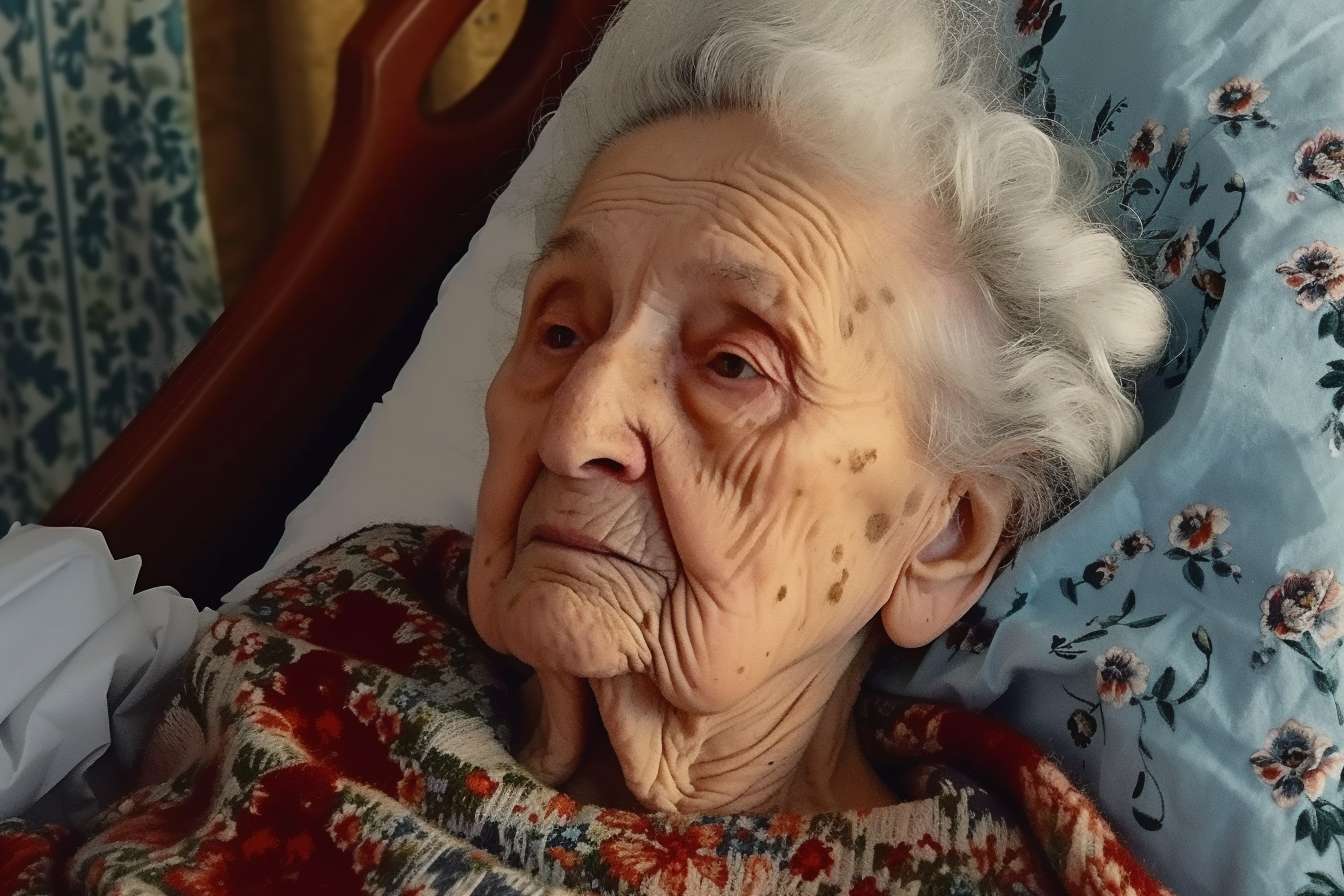Forget old-school nursing homes — see what people in the UK are choosing instead
The landscape of senior care in the United Kingdom is undergoing a remarkable transformation. Gone are the days of sterile, institutional nursing homes that felt more like hospitals than homes. Today, a new generation of care facilities is redefining what it means to age with dignity, comfort, and a sense of community. As families across the UK seek better options for their loved ones, modern senior living communities are stepping up to meet the demand with innovative approaches that prioritise quality of life alongside expert medical care.

What’s driving the shift away from traditional nursing homes?
The move away from traditional nursing homes in the UK is fueled by a combination of factors. Firstly, there’s a growing awareness of the importance of mental and emotional well-being in senior care. Families are recognising that their loved ones deserve more than just basic medical attention; they need environments that nurture their spirits and encourage active living. Additionally, advancements in healthcare technology have made it possible to provide high-quality medical care in less clinical settings, allowing for more home-like atmospheres.
How are modern senior living communities different?
Modern senior living communities in the UK are a far cry from the nursing homes of yesteryear. These new facilities are designed with a holistic approach to care, focusing on creating vibrant, engaging environments that promote independence and social interaction. Residents often have access to a wide range of amenities, from fitness centres and art studios to gourmet dining options and beautifully landscaped gardens. The emphasis is on providing a lifestyle, not just a place to live.
What types of care options are available in these new communities?
Today’s senior living communities offer a spectrum of care options to meet diverse needs. Many facilities provide a continuum of care, allowing residents to transition seamlessly as their needs change. This can include independent living apartments, assisted living suites, memory care units for those with dementia, and skilled nursing care for those requiring more intensive medical support. The key is flexibility, enabling seniors to maintain as much independence as possible while having access to support when needed.
How do these communities promote social engagement and active living?
One of the most significant improvements in modern senior care is the focus on social engagement and active living. These communities often feature busy social calendars filled with activities, classes, and outings. From book clubs and gardening groups to fitness classes and cultural excursions, there are ample opportunities for residents to pursue their interests and forge new friendships. Many facilities also encourage intergenerational programs, bringing in students or young families to interact with residents, fostering a sense of connection to the broader community.
What role does technology play in modern senior care facilities?
Technology is playing an increasingly important role in enhancing the quality of life and safety in modern senior care facilities. Smart home features allow residents to easily control their living environments, while wearable devices can monitor health metrics and alert staff to potential issues. Some communities are even incorporating virtual reality experiences to provide cognitive stimulation and allow residents to “travel” to far-off destinations. Additionally, telehealth services are becoming more common, enabling residents to consult with specialists without leaving the comfort of their homes.
How do the costs of modern senior living communities compare to traditional nursing homes?
When considering the costs of modern senior living communities versus traditional nursing homes, it’s important to understand that pricing can vary widely based on location, level of care required, and amenities offered. However, many families find that the value provided by these new communities often justifies any potential price differences.
Here’s a comparison of estimated monthly costs for different types of senior care in the UK:
| Type of Care | Estimated Monthly Cost | Key Features |
|---|---|---|
| Traditional Nursing Home | £2,800 - £3,500 | Basic medical care, shared rooms, limited amenities |
| Modern Assisted Living | £3,000 - £4,500 | Private apartments, diverse activities, restaurant-style dining |
| Luxury Senior Community | £4,500 - £6,000+ | Upscale amenities, concierge services, specialised care options |
| Home Care (for comparison) | £750 - £1,500 (20 hours/week) | Personalised care in one’s own home |
Prices, rates, or cost estimates mentioned in this article are based on the latest available information but may change over time. Independent research is advised before making financial decisions.
What should families consider when exploring modern senior living options?
When exploring modern senior living options, families should consider several factors. First and foremost, assess the level of care required and ensure the facility can meet those needs now and in the future. Visit multiple communities to get a feel for their atmosphere and observe how staff interact with residents. Look into the range of activities and amenities offered, as these can significantly impact quality of life. Consider the location and its proximity to family members for ease of visits. Finally, thoroughly review contracts and financial arrangements to understand all costs and services included.
In conclusion, the evolution of senior care in the UK is offering exciting new possibilities for older adults and their families. These modern communities are redefining what it means to age well, providing environments that support not just physical health, but emotional and social well-being too. As more people discover these innovative options, the stereotype of the dreary nursing home is being replaced by a vision of vibrant, engaging communities where seniors can truly thrive in their golden years.
The shared information of this article is up-to-date as of the publishing date. For more up-to-date information, please conduct your own research.






